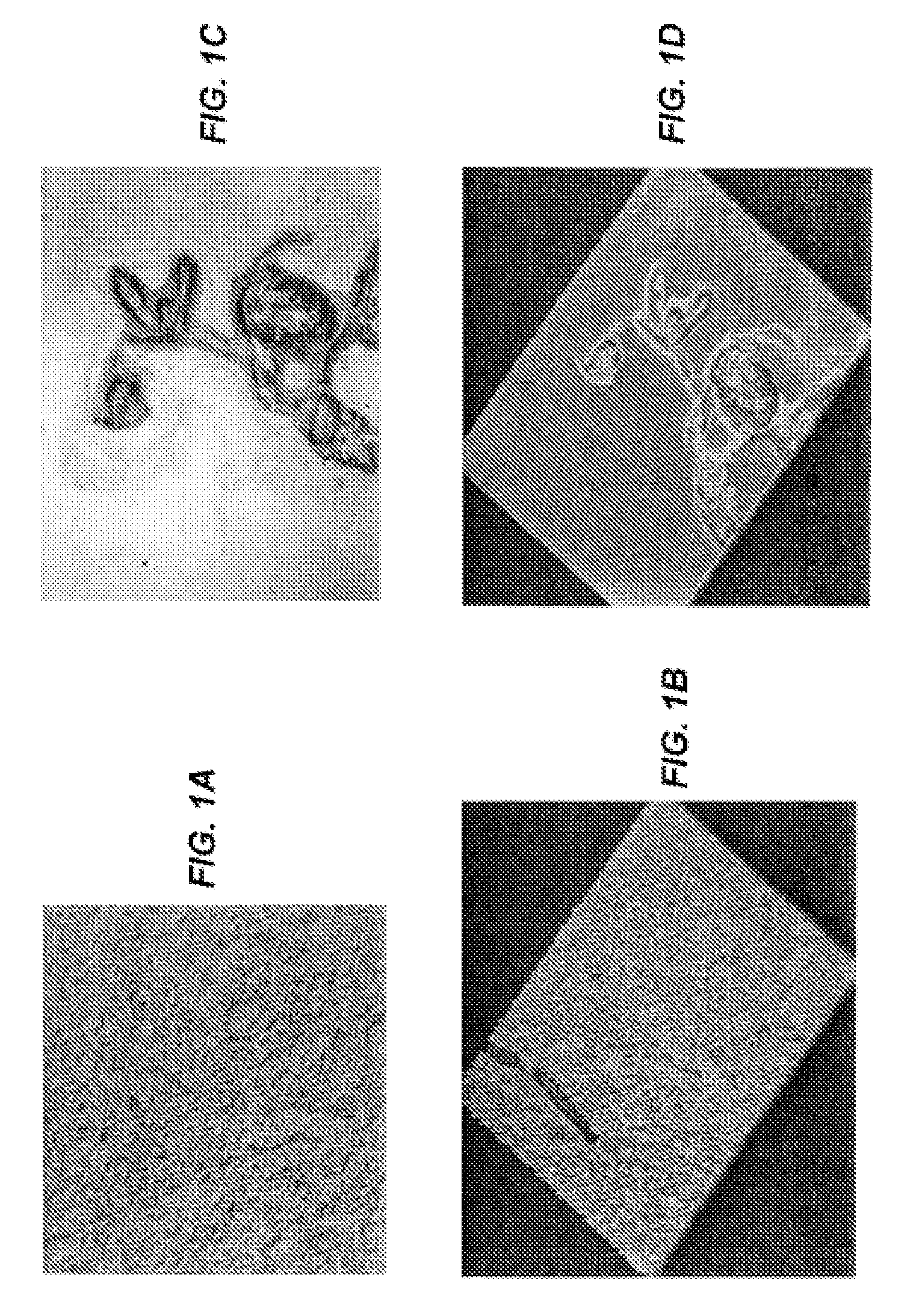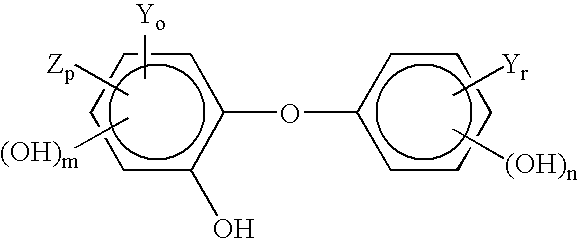Compositions having a high antiviral efficacy
- Summary
- Abstract
- Description
- Claims
- Application Information
AI Technical Summary
Benefits of technology
Problems solved by technology
Method used
Image
Examples
example 1
[0182] The following composition was prepared:
Dry water95.68% (by weight)Citric acid2.16%Malic acid2.16%
[0183] The dry water contained 95% water and 5% AEROSIL® R18125 (silanamine, 1,1,1-trimethyl(triethylsilyl)). The antiviral composition was a dry, free-flowing powder. The composition was applied to the hands uniformly to provide an antiviral efficacy.
example 2
[0184] This example demonstrates the effect of a present powdered antiviral composition on skin pH.
[0185] Compositions A-D had the following formulations, and were prepared using the following procedure.
IngredientWeight % “as is”NameCTFA NameSupplierABCDDeionizedWater90.9884.9586.8588.48WaterCitric AcidCitric AcidJungbunzlauer2.015.072.082.06dL-Malic AcidMalic AcidSpectrum2.024.992.062.00Aerosil R812SSilica SilylateDegussa4.994.994.984.99GlycerinGlycerin1.031.41IsopropylIsopropylRita1.00PalmitatePalmitateDC Q7-9120DimethiconeDow Corning1.00Cetyl AlcoholCetyl AlcoholCognis1.00ULTREZ 10 NFCarbomerNoveon1.06Total100.00100.00100.00100.00
[0186] All compositions were dry, free flowing powders. All compositions were made using a Waring Blender and stored in a glass jar. Compositions A and B were prepared by dispersing the acids in water, adding the silica silylate, then blending at high speed for about 30 seconds.
[0187] Composition C was prepared by dispersing the acids in water, addin...
PUM
| Property | Measurement | Unit |
|---|---|---|
| Temperature | aaaaa | aaaaa |
| Fraction | aaaaa | aaaaa |
| Fraction | aaaaa | aaaaa |
Abstract
Description
Claims
Application Information
 Login to View More
Login to View More - R&D
- Intellectual Property
- Life Sciences
- Materials
- Tech Scout
- Unparalleled Data Quality
- Higher Quality Content
- 60% Fewer Hallucinations
Browse by: Latest US Patents, China's latest patents, Technical Efficacy Thesaurus, Application Domain, Technology Topic, Popular Technical Reports.
© 2025 PatSnap. All rights reserved.Legal|Privacy policy|Modern Slavery Act Transparency Statement|Sitemap|About US| Contact US: help@patsnap.com



